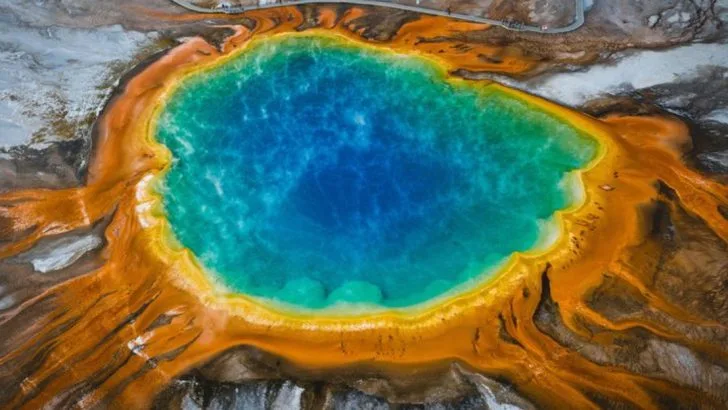When we think of national parks, our minds often drift to towering mountains, sweeping canyons, or wildlife sightings—but beneath all that grandeur is a quiet wonder: the incredible plant diversity that gives these places life.
From the towering redwoods of California to the lush subtropical hammocks of Florida, each national park tells a story through its unique flora. Some parks host ancient species that have thrived for millennia, while others protect rare plants found nowhere else on Earth.
Whether you’re a passionate botanist or a casual hiker who stops to smell the wildflowers, this list of 20 U.S. national parks will show you where the richest plant life thrives—and why it deserves to be protected.
Great Smoky Mountains National Park

Nestled between North Carolina and Tennessee, Great Smoky Mountains National Park is a botanical paradise. Housing over 1,500 species of flowering plants, it offers more diversity than any other national park in the U.S. From vivid wildflowers that blanket the forest floor to towering oaks and maples, the park’s plant life is a tapestry woven with vibrant colors and textures. Each season brings a new symphony of blooms, making it a haven for botanists and nature lovers alike.
Yosemite National Park

California’s Yosemite National Park is renowned for its stunning granite cliffs and abundant plant life. The park is home to majestic giant sequoias, the world’s largest trees, and a variety of wildflowers that add splashes of color to its lush meadows. Its diverse ecosystems range from high mountain peaks to rolling valleys, supporting unique plant species adapted to these varied environments. Whether it’s the delicate mariposa lily or the hardy sugar pine, Yosemite’s flora is a testament to nature’s resilience and beauty.
Olympic National Park
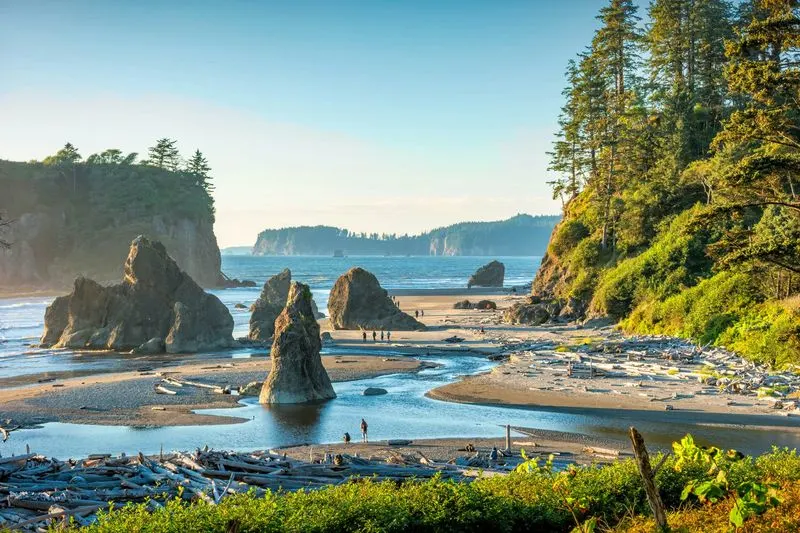
Olympic National Park in Washington State is a treasure trove of biodiversity, boasting temperate rainforests, rugged coastline, and alpine peaks. The rainforest areas are draped in lush greenery, with towering moss-covered trees and an understory teeming with ferns and wildflowers. This park’s unique combination of ecosystems creates a rich tapestry of plant life, from the delicate orchids to the sturdy Sitka spruce. Its beauty is both wild and serene, offering a window into the complexity of temperate rainforest ecosystems.
Sequoia and Kings Canyon National Parks
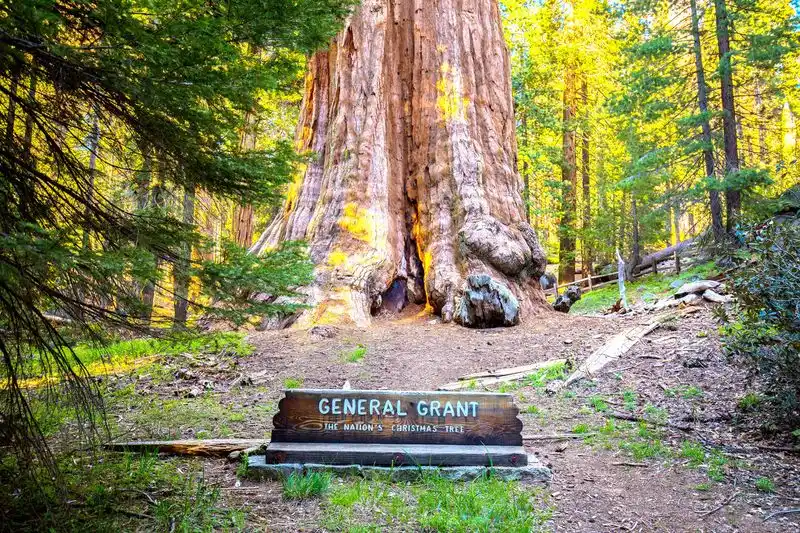
Home to the iconic giant sequoias, Sequoia and Kings Canyon National Parks in California are a testament to nature’s grandeur. These ancient trees, some over 2,000 years old, tower above the forest floor, creating a canopy that shelters diverse plant species. Beneath their massive trunks, a variety of wildflowers and shrubs thrive, adding layers to the park’s botanical richness. The parks’ diverse elevations and microclimates foster an impressive range of plant life, from arid chaparral to alpine meadows.
Rocky Mountain National Park
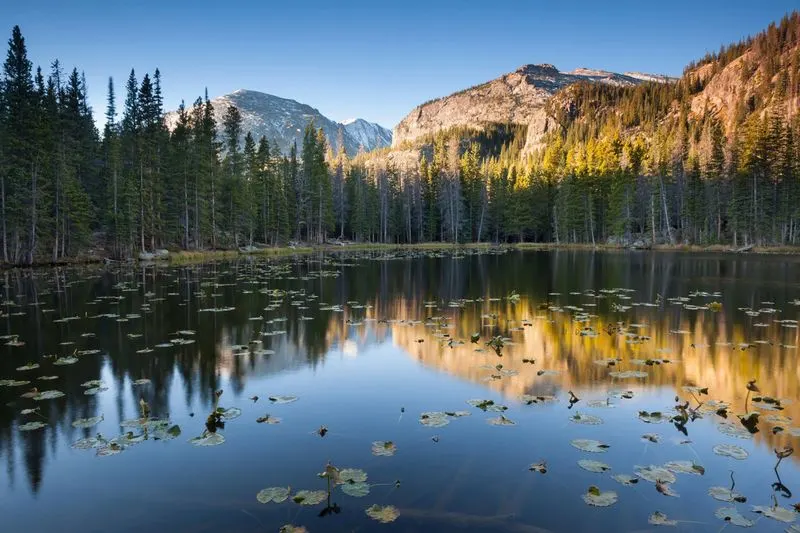
In Colorado, Rocky Mountain National Park offers a captivating mix of ecosystems, from lush valleys to rugged alpine tundra. The park is famed for its wildflower-dotted meadows, where vibrant blooms contrast beautifully with the snow-capped peaks. Its diverse elevation ranges create unique habitats for plant life, allowing species like the hardy alpine forget-me-not and the delicate columbine to flourish. This dynamic landscape is a haven for plant enthusiasts seeking to explore both beauty and biodiversity.
Grand Teton National Park
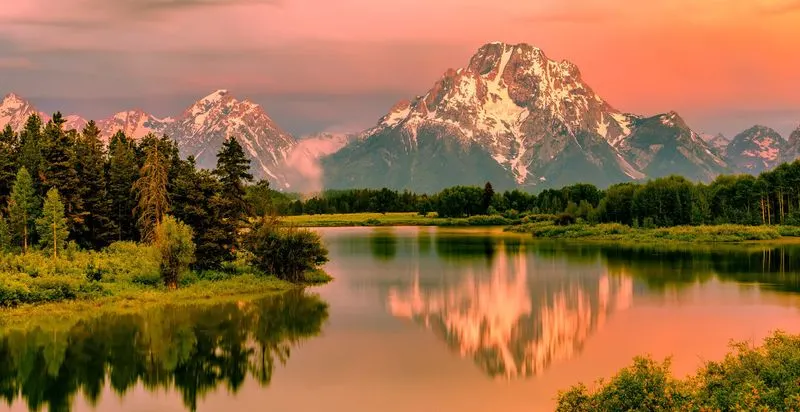
Grand Teton National Park in Wyoming captivates with its dramatic mountain vistas and vibrant plant life. Its glacial lakes and lush meadows are adorned with wildflowers, providing a stunning contrast to the rugged Teton Range. The park’s diverse habitats, from sagebrush flats to conifer forests, support a wide array of plant species. Among them, the showy lupine and the resilient lodgepole pine stand out as symbols of this region’s ecological richness and resilience.
Zion National Park
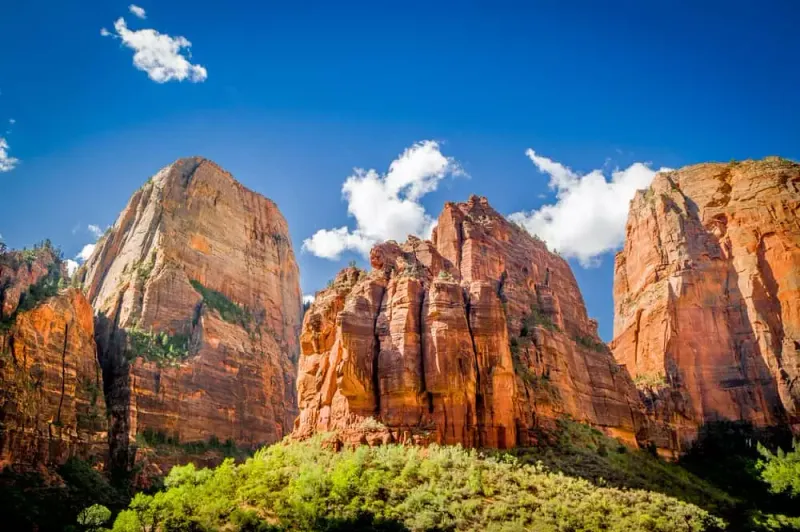
Utah’s Zion National Park is a vivid tapestry of red rock canyons and diverse plant life. This desert oasis is home to a surprising variety of flora, from the towering cottonwoods that line the Virgin River to the delicate wildflowers that bloom against the canyon walls. The park’s unique geology creates microclimates that support a rich diversity of plant species, adapted to thrive in this arid environment. Its botanical wonders offer a stunning contrast to the stark beauty of the desert landscape.
Yellowstone National Park
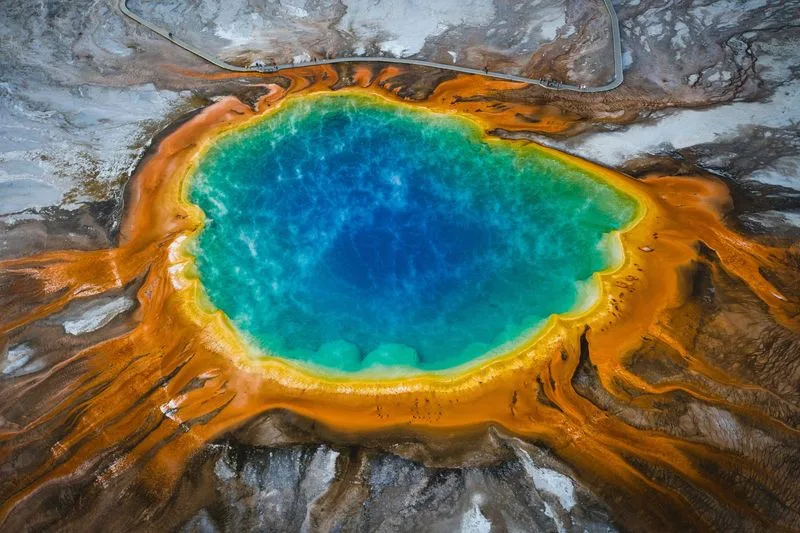
Yellowstone National Park, straddling Wyoming, Montana, and Idaho, is famous for its geothermal wonders and vibrant plant life. The park’s diverse ecosystems support a rich variety of flora, from lush meadows to dense forests. The geothermal areas, with their colorful hot springs, provide a unique environment for plant species adapted to these harsh conditions. Amidst the bubbling geysers, one can find resilient grasses and wildflowers that add life to this otherworldly landscape.
Acadia National Park
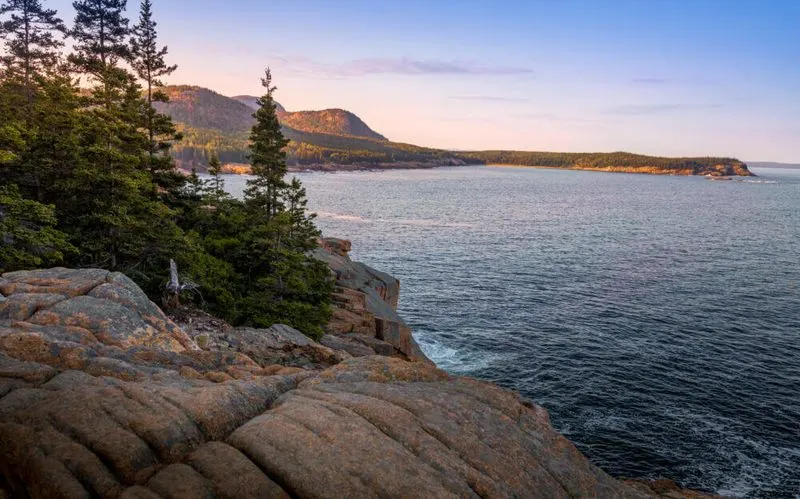
Acadia National Park in Maine offers a stunning blend of coastal and forest ecosystems, teeming with diverse plant life. Its rocky shores are fringed with salt-tolerant vegetation, while inland areas boast lush forests of fir, spruce, and maple. The park’s unique climate and topography support a variety of plant species, from the delicate pink lady’s slipper orchid to the hardy blueberry bushes. Acadia’s botanical beauty is as varied as its dramatic landscapes.
Everglades National Park
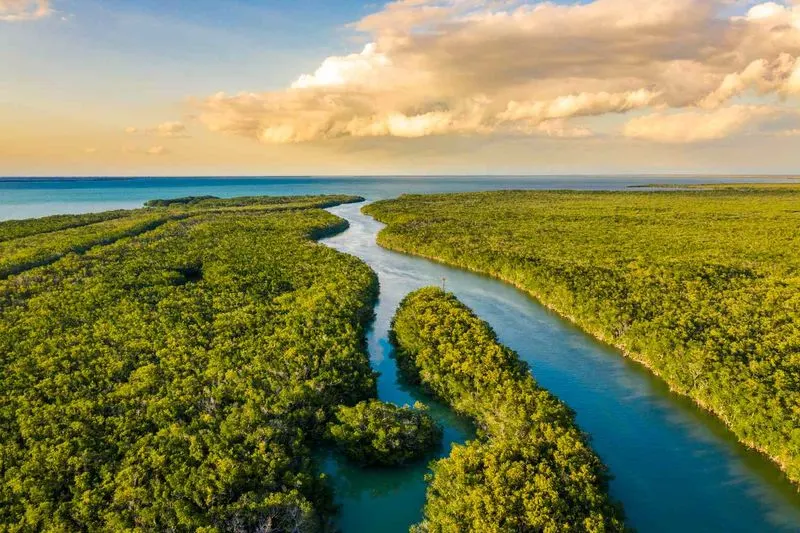
Florida’s Everglades National Park is a sprawling subtropical wilderness, dominated by expansive wetlands and rich plant life. The park’s iconic sawgrass marshes are interspersed with cypress trees and mangroves, creating a diverse tapestry of plant communities. This unique ecosystem supports a wide range of flora, from the resilient mangrove trees to the vibrant bromeliads and orchids. The Everglades’ plant life is a vital component of its complex and dynamic landscape.
Redwood National and State Parks

In California, Redwood National and State Parks are home to the tallest trees on Earth. These ancient giants create a majestic canopy, sheltering a lush understory of ferns and wildflowers. The park’s temperate rainforest climate supports a rich diversity of plant life, from the delicate trillium to the robust sword fern. Beneath the towering redwoods, visitors are enveloped in a world of green, where the air is filled with the scent of damp earth and the sound of rustling leaves.
Joshua Tree National Park
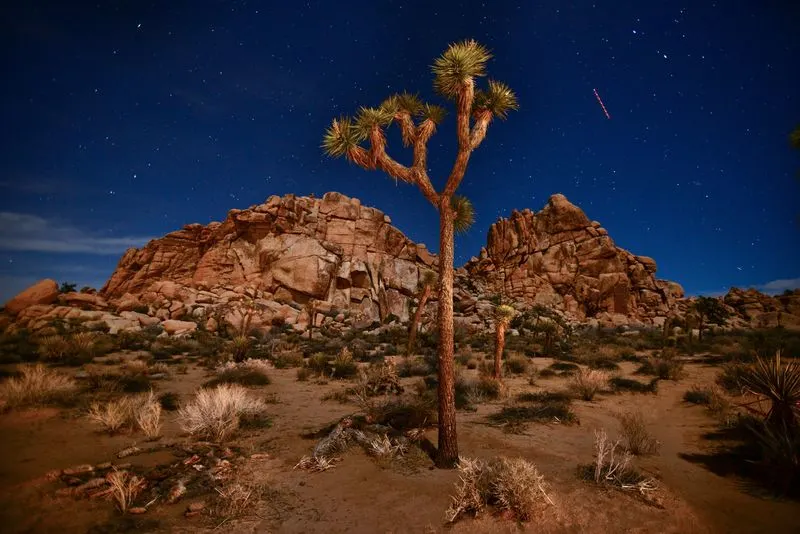
Joshua Tree National Park, located in California, is a desert wonderland distinguished by its unique and resilient plant life. The park’s namesake, the Joshua tree, stands as a symbol of survival in harsh conditions. This otherworldly landscape also hosts a variety of cacti and wildflowers, each adapted to the arid environment. Amidst the sculptural rocks and wide-open skies, Joshua Tree’s botanical diversity offers a striking contrast to its stark desert setting.
Shenandoah National Park
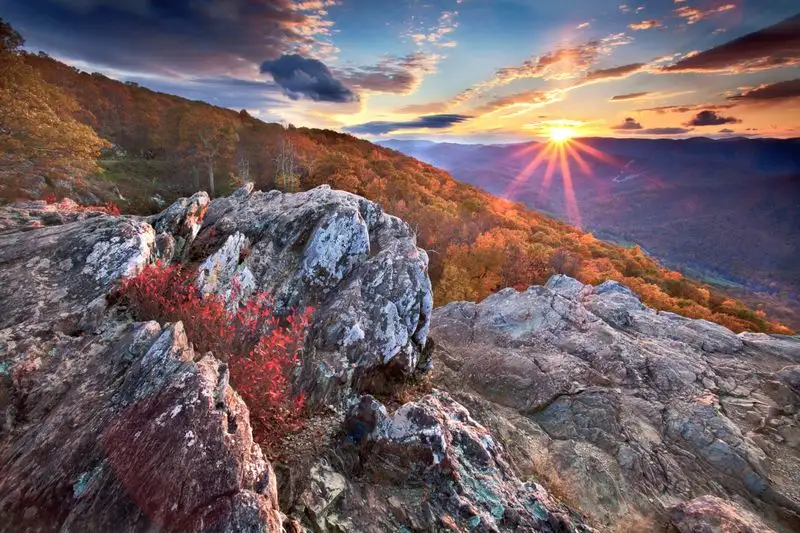
Shenandoah National Park in Virginia is a verdant sanctuary of rolling hills and abundant plant life. This park’s forests are a mix of oak, hickory, and maple, creating a vibrant tapestry of foliage that changes with the seasons. In spring, wildflowers blanket the forest floor, while autumn brings a riot of color to the hillsides. Shenandoah’s plant life is both diverse and dynamic, offering a constantly changing palette of beauty and complexity.
Glacier National Park
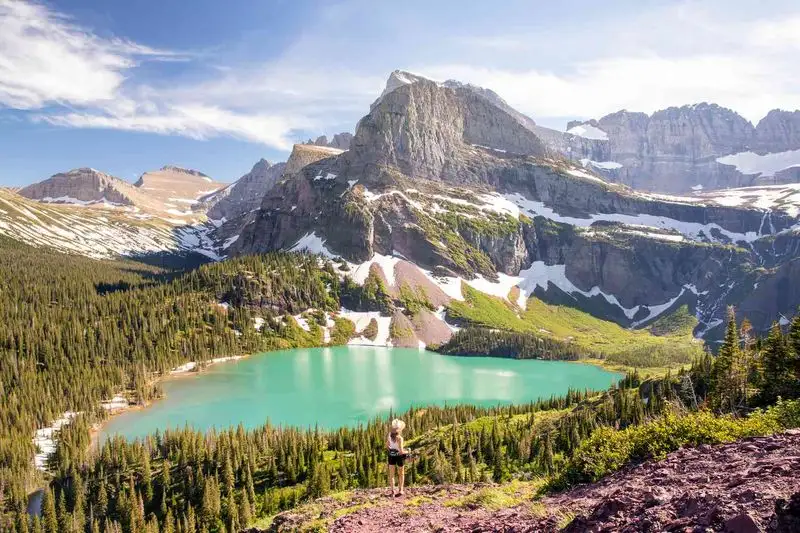
Montana’s Glacier National Park is a breathtaking expanse of rugged mountains and pristine wilderness. The park’s diverse habitats, from alpine meadows to dense forests, support a rich variety of plant life. In the summer, wildflowers burst into bloom, painting the landscapes with vibrant colors. Glacier’s plant life is as varied as its dramatic topography, offering a glimpse into the complex ecosystems that thrive in this remote and awe-inspiring park.
Mount Rainier National Park

Mount Rainier National Park in Washington is a showcase of botanical diversity set against the backdrop of a towering volcano. The park’s diverse ecosystems, from dense forests to alpine meadows, are home to a stunning array of plant species. In summer, the meadows burst into color with wildflowers such as lupines and Indian paintbrush, creating a vivid contrast to the snow-capped peak. Mount Rainier’s plant life is both resilient and beautiful, thriving in the shadow of the iconic mountain.
Saguaro National Park
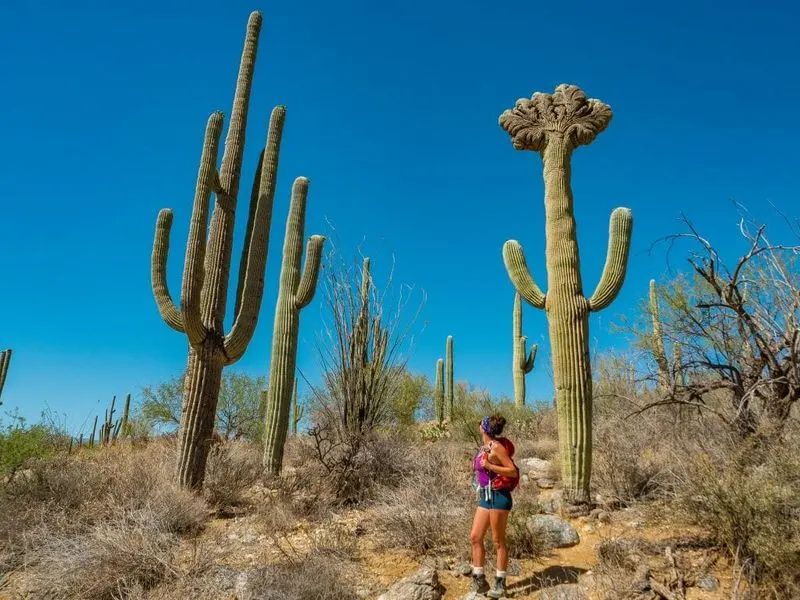
Arizona’s Saguaro National Park is a celebration of desert life, dominated by the iconic saguaro cactus. These towering sentinels are surrounded by a diverse array of desert plants, from spiky chollas to colorful wildflowers. The park’s unique environment supports a rich tapestry of flora adapted to thrive in its arid conditions. Saguaro’s botanical wonders are a testament to the resilience and beauty of desert ecosystems, offering a striking contrast to the surrounding desert landscape.
Cuyahoga Valley National Park

Cuyahoga Valley National Park in Ohio is a hidden gem, offering a diverse array of plant life within its rolling hills and forests. The park’s lush woodlands are home to a variety of tree species, including oak, hickory, and maple, creating a vibrant tapestry of foliage. In spring, wildflowers carpet the forest floor, while autumn transforms the landscape into a riot of color. Cuyahoga Valley’s plant life is both diverse and dynamic, offering a constantly changing palette of beauty.
Crater Lake National Park
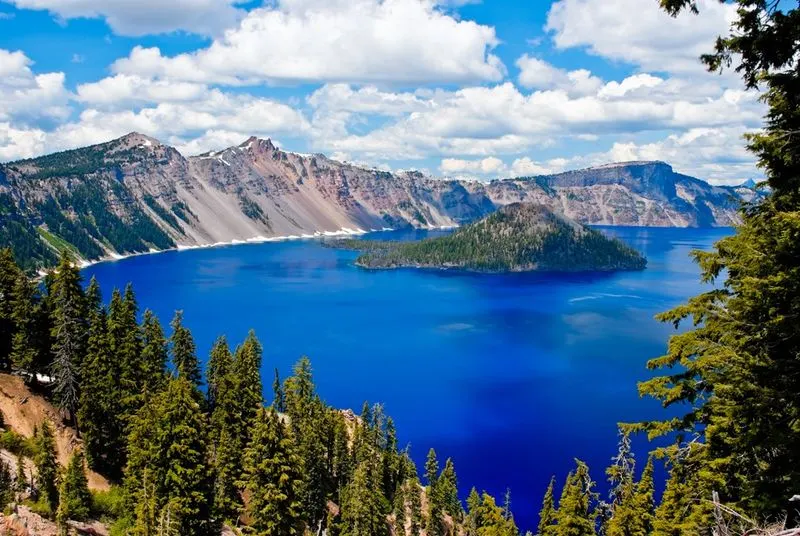
Crater Lake National Park in Oregon is renowned for its stunning blue waters and the vibrant plant life that flourishes in its unique environment. The park’s diverse ecosystems, from dense forests to open meadows, support a rich array of flora. In summer, wildflowers create a colorful tapestry around the lake, adding to its breathtaking scenery. Crater Lake’s plant life is both diverse and resilient, thriving in the shadow of the park’s iconic volcanic crater.
Haleakalā National Park
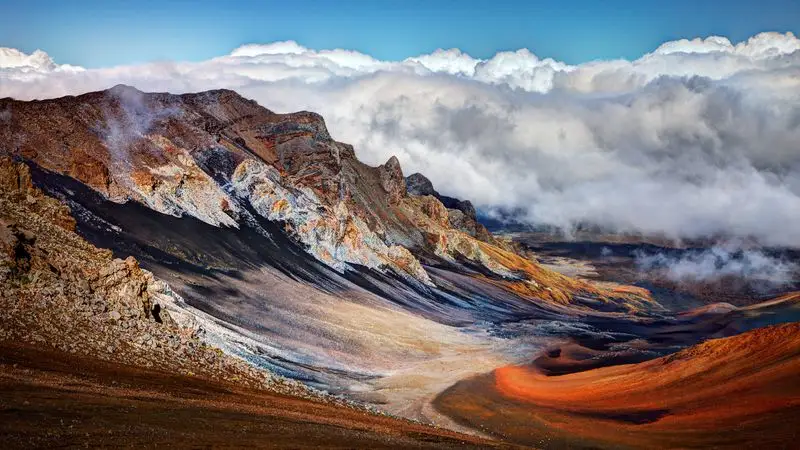
Haleakalā National Park in Hawaii is a place of otherworldly beauty, home to unique plant species found nowhere else on Earth. The park’s diverse ecosystems range from tropical rainforests to volcanic landscapes. One of its most famous plant residents is the silversword, which thrives in the harsh conditions of the Haleakalā crater. This rare and striking plant is a testament to the incredible adaptations of Hawaii’s native flora, offering a glimpse into the island’s unique biodiversity.
Denali National Park
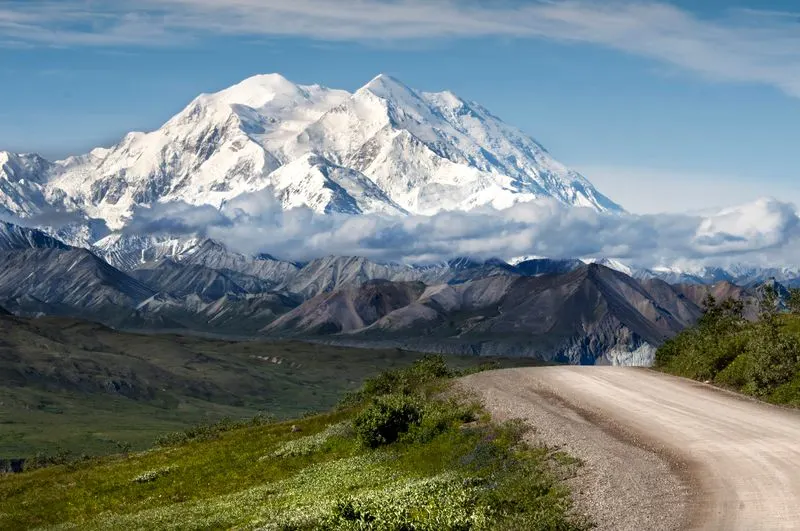
Alaska’s Denali National Park is a vast wilderness, dominated by the towering peak of Denali and a rich tapestry of plant life. The park’s diverse ecosystems, from lowland forests to alpine tundra, support a wide array of flora. In summer, wildflowers blanket the tundra, creating a colorful spectacle against the backdrop of the mountain. Denali’s plant life is both diverse and resilient, thriving in the shadow of North America’s tallest peak. Its botanical wonders offer a glimpse into the complex ecosystems of the Alaskan wilderness.

